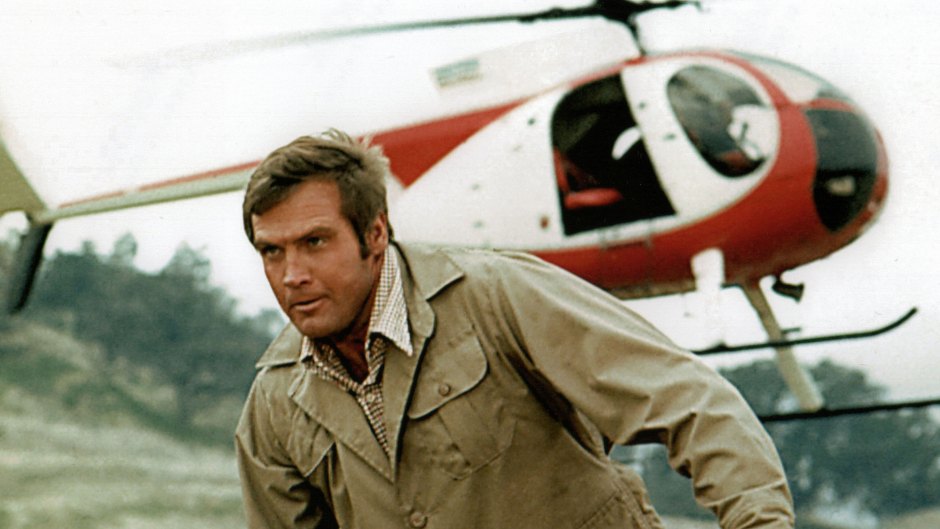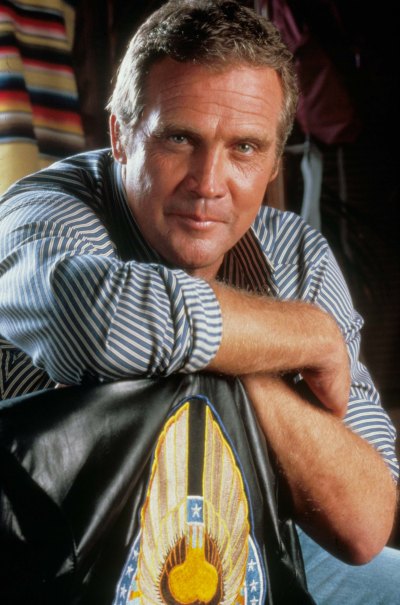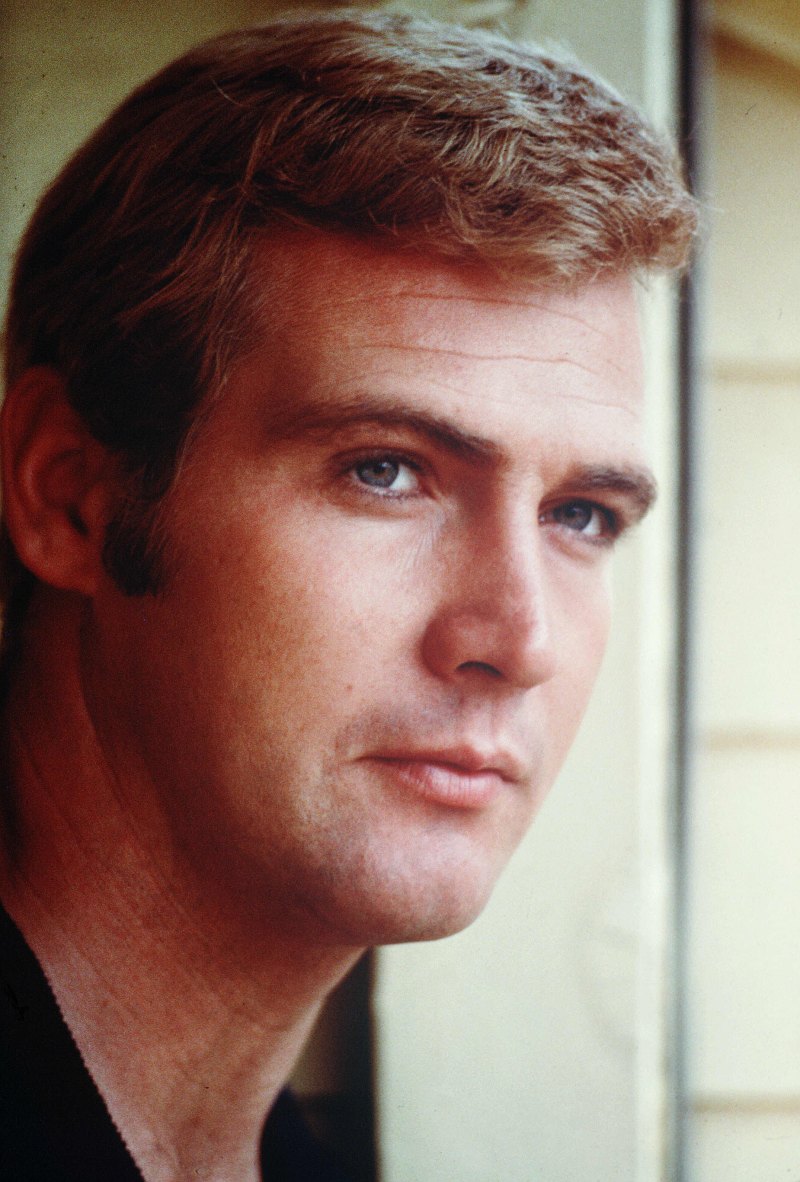
Moviestore/Shutterstock
Here’s What Happened to Actor Lee Majors Before, During and After ‘The Six Million Dollar Man’
In the 1960s, he was recognized for his role as Heath Barkley on the Western The Big Valley. In the 1970s, it was as Steve Austin in The Six Million Dollar Man and the husband of Farrah Fawcett. Then, in the 1980s, it was Hollywood stuntman/bounty hunter Colt Seavers and, in more recent years, as part of Ash vs. Evil Dead, which opened Lee Majors up to a whole new generation of fans. Needless to say, it’s more than fair to refer to him as a Classic TV icon.
“After The Fall Guy, I took 10 years off and went to Florida,” Lee explains in an exclusive interview with Closer Weekly. “I just had to take a break and while I was there, I only did some small independent films. When I came back, I started doing a lot of independents and a lot of comedies, actually, like Weeds and Community. It was good and in a way it kind of felt like I was starting over again. At the same time, it was during those 10 years off that I realized how big The Six Million Dollar Man was, because I was free to travel around the world to different places, and it was amazing how many people would come up to you — total strangers in totally different cultures — just to say hello. It was very touching and amazing to me.”

He was born Harvey Lee Years on April 23, 1939 in Wyandotte, Michigan, but found himself orphaned by the age of 1, even if he didn’t know it for years. When he was 2, he was adopted by Harvey and Mildred Yearly, his aunt and uncle, and relocated to Middlesboro, Kentucky. In fact, the death of his natural parents was a discovery he hadn’t made until he was a teenager when, bored, he decided to go up into the attic to poke around. There he came across a pile of newspaper articles pertaining to the death of a man and woman. Digging a little deeper, he came to the realization that they had been his parents.
“My father in a steel mill accident just before I was born,” he is quoted as saying by leemajors.co.uk, “and a couple of years later my mother was hit by a drunk driver as she was standing on a corner waiting to go to her job as a nurse.”
It was a revelation he wouldn’t share with his “parents” for another five years, representing an introspection and solitude that would not only be a part of his real life personality, but many of his characters as well — let’s face it, none of them were great conversationalists. But what that discovery about his real parents did was fill him with a desire to make Harvey and Mildred proud, which he would spend much of his life doing.
For much more on Lee Majors, please scroll down.
Listen on Spotify to Closer Classic Film and TV as we celebrate Classic TV with behind the scenes coverage, celebrity interviews, news and much more!

Kobal/Shutterstock

Kobal/Shutterstock

TV Mirror

Columbia Pictures

Moviestore/Shutterstock

ABC

NBCUniversal

Kobal/Shutterstock

Getty Images

Getty Images

Moviestore/Shutterstock

Getty Images

Moviestore/Shutterstock

Getty Images

Moviestore/Shutterstock

NBCUniversal

Abc-Tv/Kobal/Shutterstock

Mediapunch/Shutterstock

Abc-Tv/Kobal/Shutterstock

Getty Images

Abc-Tv/Kobal/Shutterstock

Brian To/Shutterstock

Brian To/Shutterstock










































